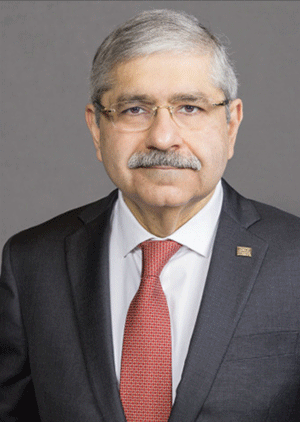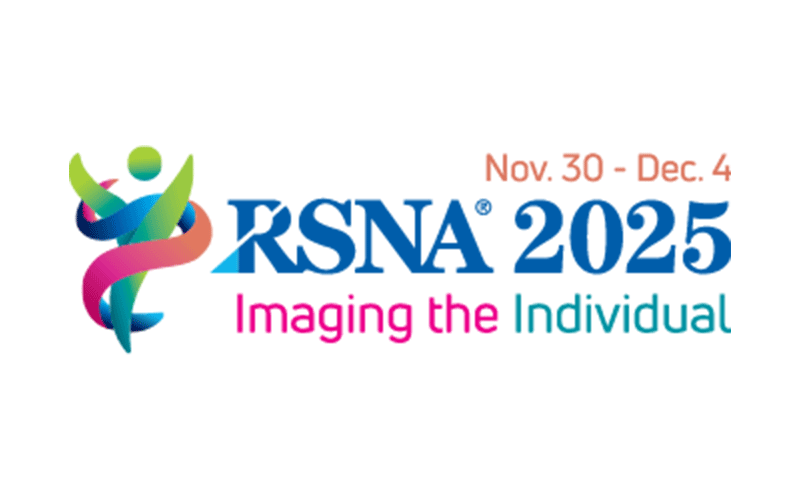The Tapestry of the Individual
A new era of radiologic guidance in treating patients with precision imaging and therapeutics

Radiology, across its richness of imaging modalities, subspecialities, diagnoses, and treatments, is central to all aspects of patient care because it most effectively informs our colleagues what is wrong and provides routes to the best care for our patients. Much of the progress in treating disease over the twentieth century was advanced by treating people as largely the same or dividing them into very large groups of patients for treatment approaches. This led in part to the remarkable extension in average life span by approximately 30 years from 1900 to 2000 in the U.S. Radiology played a fundamental role in this progress, always providing the information needed to best treat our patients.
Over the decades, medicine has grown in understanding so that the knowledge of disease is revealed with increasingly finer resolution. A cancer is not just a cancer from an organ, but a specific collection of cells with their own genetic abnormalities. Dementia is not just a general cognitive decline, but a specific set of processes that lead to characteristic cell dysfunction and cell death, with reflected differing phenotypes and pathophysiological changes. Radiology and the science of imaging have exponentially progressed in parallel with this growth in our understanding of disease over the decades, allowing new approaches to generate specific information, and creating new opportunities to improve care and outcomes.
Our growing knowledge of how cells work, how organs work, and how the body functions has been complemented with a remarkable growth in therapies that selectively treat specific abnormalities. This supernova of biological knowledge and targeted therapeutics opens a new horizon in how we approach health and disease.
Therapies are increasingly optimized for each individual patient, with a framework referred to as precision medicine. This is due in large part to the exponential rise of outcomes data coupled with expanded treatment options. Radiology will, as it has always done over the last one hundred twenty- five years, provide the best guidance in treating patients, with the addition of precision imaging and precision therapeutics. Importantly, this will not replace imaging that reports on illness through anatomic or physiological abnormalities—-it will only augment our understanding and capabilities.
A radiologically-guided precision treatment path exists in all specialties, benefiting our patients. In oncology, for example, we use molecular imaging approaches to visualize specific pathways that are altered in a cancer and can see how this abnormality might vary across different metastatic sites in a patient—something that no blood test or single biopsy can show. We use imaging to select the right therapy. We re-image a patient after treatment has begun to inform us if the right dose of the drug is being given to the patient. If a treatment fails, we see where it might have failed and provide guidance for the next line of treatment. Radiologists are integral to the optimal treatment paradigms of our patients’ journey.
As I start the New Year and begin my term as President, I am excited to weave this topic into RSNA 2025: Imaging the Individual. At this year’s annual meeting, along with all the excellent content you have come to expect from the most impactful radiology meeting in the world, we will also explore how radiology is growing to provide a deeper personalized understanding for our patients, by adding a focus on imaging the individual.
Save the date! I hope to see you there.
